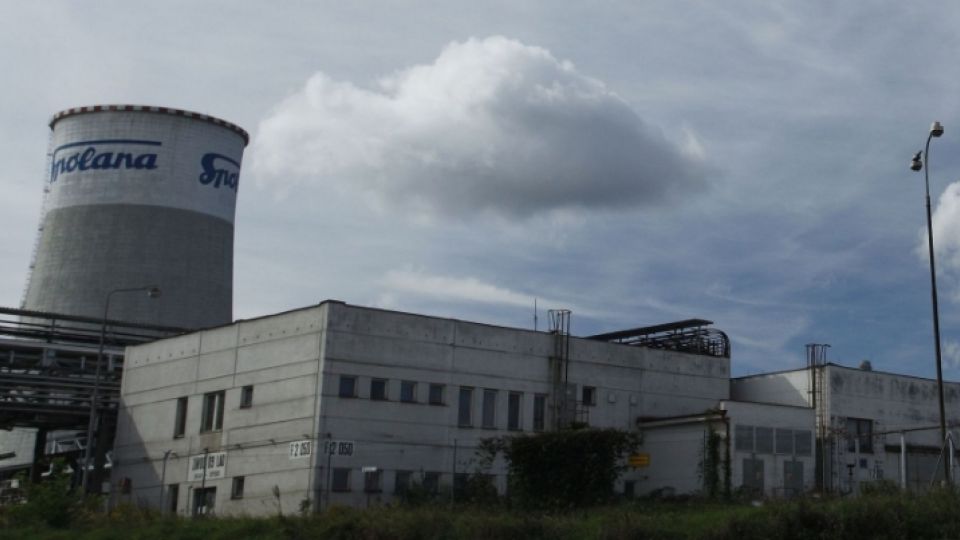The company Spolana Neratovice must not use toxic mercury for chlorine production after the end of 2014. The Regional Authority of the Region of Central Bohemia decided in this way (1), thanks, among other things, to comments of the Arnika Association. The Authority refused an application of the chemical plant for postponement of the deadline for modernization of its production line. Spolana wanted to use the outdated technology till the end of 2020 (2). This would represent further danger for both the environment and human health due to emissions of this hazardous heavy metal. Last year already, Spolana's spokesperson stated that they would respect the decision of the Authority (3).
„We welcome the Regional Authority decision, and we will monitor carefully whether Spolana keeps the word of its spokesperson, and respects the verdict of the Authority. Since 2007 already, Spolana has been aware that it would have to switch to a new technology, but it has avoided modernization all the time. Its excuses have been economic reasons, but it invested over 90 million CZK into improvement of environmental performance of the outdated line, showing low efficiency (4). This money would better be used for switch to the membrane technology,“ summed up the situation Jindrich Petrlik, chairman of the Arnika Association. Moreover, from the long-term point of view, the membrane technology is more economical, because it is not so energy intensive.
Moreover, the more up-to-date technology will also eliminate further environmental burden - production of hazardous dioxins (5). „Dioxins are produced in the process of roasting of chlorine production wastes with mercury content. This has been proved by analyses we got Spolana to do. If mercury was not used, it would not be necessary to recover it from waste,“ explained Petrlik. Because of that, Arnika aimed for maintaining Spolana's duty to monitor dioxins in wastes. In the case of one of the waste kinds, with the highest dioxin concentrations, Arnika succeeded, in the case of the other ones, Spolana was released from this duty.
„Repeatedly, high mercury concentrations have been found in the vicinity of the Spolana plant, especially in fish from the river
The Arnika Association has been working at the issue of the chemical plant in Neratovice, the biggest chlor-alkali plant in the
The Integrated Permit for Spolana has been issued by the Regional Authority of the Region of Central Bohemia in 2007. According to this decision, the chemical plant has to stop operation of the amalgam technology, it uses for chlorine production, by the end of
Notes for the editors:
(1) Statement of the decision of the Regional Authority of the Region of Central Bohemia is available at http://arnika.org/soubory/dokumenty/toxicke-latky/1302228_vyrok_rozhodnuti_SPOLANA.pdf
(2) For details, please see the press release „Spolana wants to use toxic mercury in chlorine production for further six years“, of October 16, 2012: http://arnika.org/toxickou-rtut-pri-vyrobe-chloru-chce-spolana-pouzivat-dalsich-sest-let
(3) Miroslav Kulik, quality manager of Spolana Neratovice made a statement for the Czech News Agency last year already that the chemical plant would respect the decision of the Authority: „We may comment on the matter after a decision is issued, and we will respect it whatever it will be.“ The statement is available also at http://www.ceskenoviny.cz/zpravy/spolana-hodla-vyrabet-chlor-za-pouziti-rtuti-az-do-roku-2020/853327
(4) See page
(5) Dioxins include two groups of substances: polychlorinated dibenzo-p-dioxins and polychlorinated dibenzofurans (PCDDs and PCDFs). In total, 210 substances rank among them, 17 of which are monitored as the most hazardous ones to human health. These substances are hazardous in trace concentrations already. Their levels in the environment are measured in picograms (10-
For more information on dioxins, please see: arnika.org/dioxiny-pcdd-pcdf
(6) In 2008, just fish from Obristvi, downstream of Spolana, contained the highest mercury concentrations, in comparison with a higher number of samples taken in the whole
(7) See Suchara, I., Sucharova, J. 2008: Mercury distribution around the Spolana chlor-alkali plant (central










